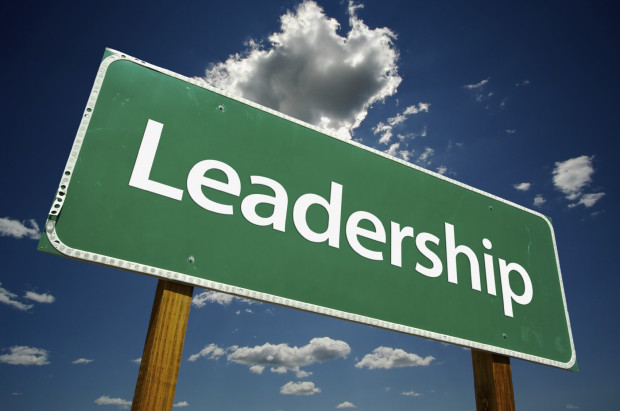
Board members offer a great deal of time, money, always keeping their community’s best interests at heart. The reputations of the organizations they serve are at stake. Board members stick up for their nonprofits during lawsuits or bad press, put personal finances on the line, and may be an organization’s most important volunteers. They driving results towards accomplishing the big picture goals.
Of course, every board is different.
No single blueprint or structure for success exists. So how do you measure an effective Board?
A team of researchers from The Bridgespan Group and the Edna McConnell Clark Foundation recently collaborated to pinpoint what drives the highest performance among nonprofit boards.
Bridgespan shares the results in Becoming a More Effective Board. Successful boards have a clear understanding of the organization’s mission and maintain oversight of financial, legal, and executive procedures. They also understand that internal operations are as important as outward goals: “How the board does its work—i.e., its people, culture, decision-making processes, and structures—is as important as what it does.”
In an interview with Nicki Roth and Gavin Fenn-Smith, founders of Saroga, an organization dedicated to developing nonprofit leaders and staff, Bridgespan advocates Asking the Right Questions About Leadership Effectiveness. The Saroga leadership model outlines the expected strengths of nonprofit leaders.
Performance reviews and evaluations open a dialogue among board members and between the board and staff, creating opportunity for change and progress.
How does your board measure up with Saroga’s model?
The model starts with Passion, “being able to touch the heart of an employee, touch the hearts of those you serve, is essential,” says Fenn-Smith. Impact, on the end, is about “creating a better future for those you serve.” In between are five essential strengths or habits of effective nonprofit boards:
- Detect — analytical skills, creative skills, conceptual skills, skills that help leaders be strategic.
- Weave — pulling the parts of the organization together, thinking about structure and management practices, and creating a productive work environment.
- Bridge –building relationships with funders, team members, local governments, and the communities they’re trying to serve.
- Grow — individual leaders being curious and open to learn, but also being critical while cultivating others.
- Flex – nonprofit leaders can wear many hats during one day.
You can find an ED photocopying something in the morning, attending an after school program in the afternoon, and then holding a fundraiser in the evening. Therefore, being able to flex across these different circumstances, being effective and true to oneself in all these different situations, is quite a skill for nonprofit leaders. -Fenn-Smith
Forbes.com’s Building Successful Non-Profit Boards shares insight from Lucy P. Marcus, founder, CEO, and board director of Marcus Venture Consulting. Marcus reinforces the importance of relationship building, especially by mentoring because “a non-profit board member gets the chance to see the inner workings of the outfit, add value to the operation, and at the same time establish good will among a team.”
Board members’ place and purpose is to be a support system for the nonprofits and communities they serve. Excellent leadership, team building, and self-evaluation are the strongest foundation for effective boards, and, thereby, effective nonprofits.
While Third Sector Today continues to explore what makes a board tick, check out these helpful resources:
- Becoming a More Effective Board
- Guide for More Effective Boards
- Building Successful Non-Profit Boards
- The Role of Non-executive Board Directors Today
- Asking the Right Questions About Leadership Effectiveness
- Is Your Nonprofit Board Helping You or Hurting You?
- Ten Things Boards Do Right (Without Even Realizing It)
- Ten Myths About Nonprofit Boards
Sarah is a self-proclaimed cat lady, chocoholic, beard enthusiast, and aspiring writer. She is currently a graduate student pursuing a Master of Professional Writing at Chatham University.



Pingback: Friday Link Round-Up-The Habits of Successful Organizations()
Pingback: How nonprofits can foster good habits()